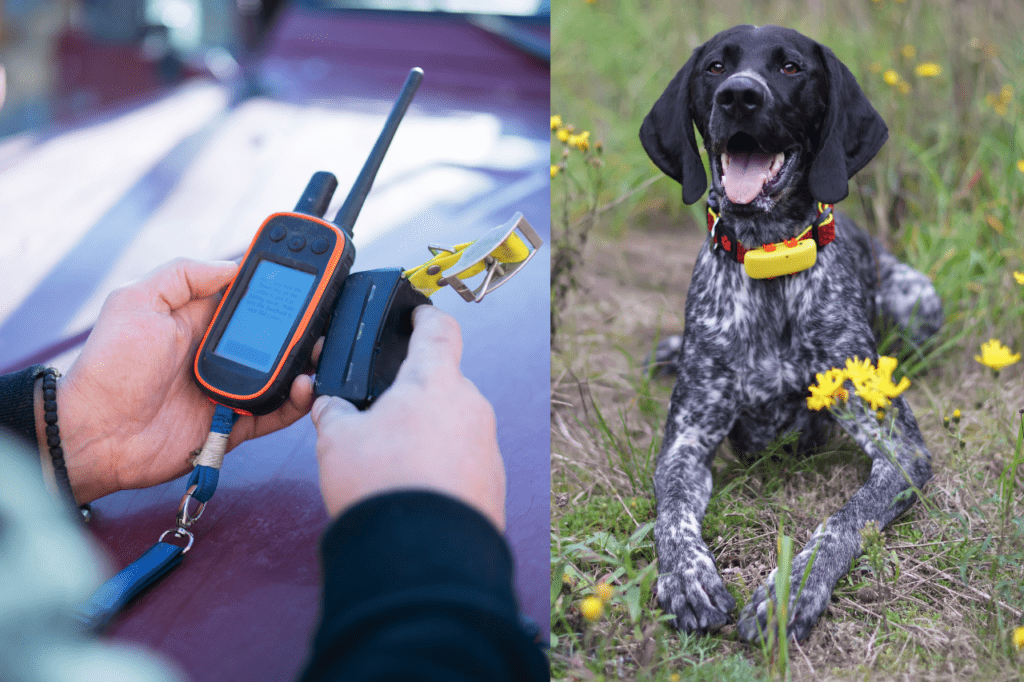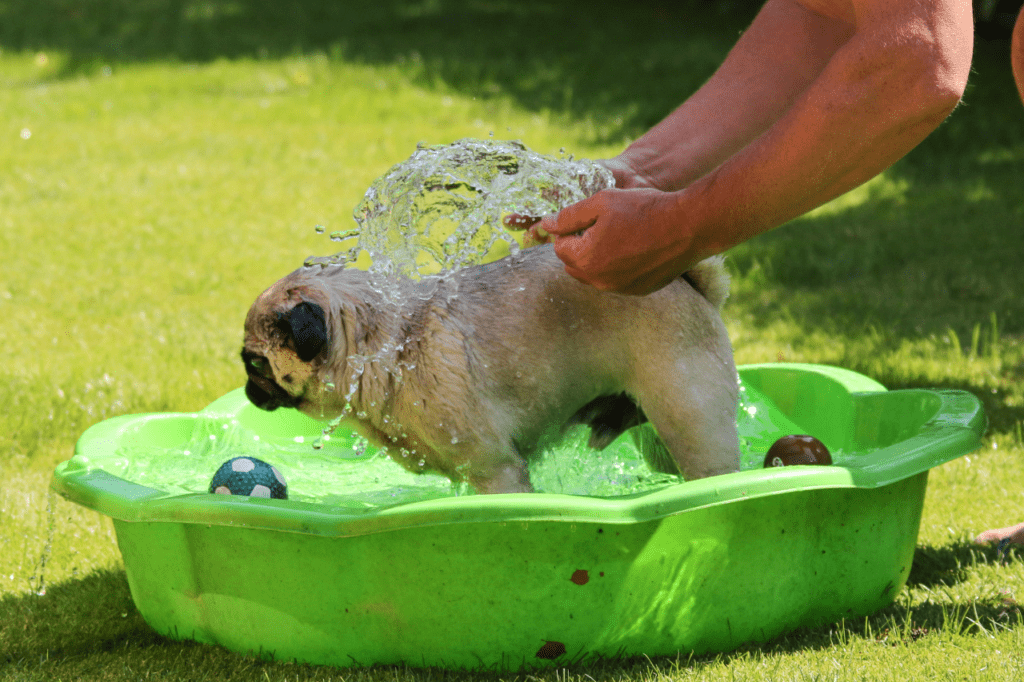Cats can be difficult to train, but it is possible with the right techniques. Whether you are trying to teach your cat not to scratch the furniture or to use the litter box, there are some simple training techniques that can help. Let’s take a look at four of them and how they can help your feline friend learn good behaviour.
Positive Reinforcement
Positive reinforcement training is based on the idea that animals—including cats—will repeat behaviours that they find rewarding. This type of training relies on reinforcing desired behaviours with rewards such as treats, toys, or verbal praise. Rewards motivate cats to continue performing the behaviour and increase their likelihood of repeating it in the future.
How Does Positive Reinforcement Work?
Positive reinforcement works by associating a behaviour with a reward. For example, if you give your cat a treat every time she sits on her hind legs, she will eventually learn that sitting on her hind legs leads to getting a treat. The reward reinforces the behaviour; this means that the cat will associate sitting on her hind legs with getting a treat, and therefore repeat the behaviour in order to get more treats. This type of training works best when used consistently and in small doses because cats can become overwhelmed when there are too many commands or too much information being presented at once.
Clicker Training
Clicker training is based on the science of operant conditioning, which is when animals learn to associate a response with a consequence. The clicker acts as an audio marker for your cat; they hear the click and know that they are being rewarded for something they did correctly. After some time, cats will associate the click with reward and do whatever behaviour it was that got them the treat in the first place—even without treats!
Getting Started With Clicker Training
The first step in clicker training your cat is to get them used to hearing the sound of the clicker. Stand close to your cat, hold out one hand with a treat in it, and press the button on the clicker with your other hand while simultaneously giving them the treat. Do this several times until they start to pay attention when they hear the clicking sound.
Once your cat is comfortable with hearing clicks, you can start teaching them specific commands or tricks. Start by choosing something simple like “sit” or “touch” (where they touch their paw against your hand). Show your cat what you want them to do, then use verbal cues along with clicking as soon as they do it correctly and give them a treat afterwards. With enough practice, repetition, and rewards, even more complex behaviours can become second nature for cats who have been trained using this method.
Redirection Technique
Redirection is a form of behaviour modification in which you divert your pet’s attention away from an undesirable stimulus and toward a more desirable one. This technique works by providing an alternative activity that keeps your pet occupied and helps them learn what behaviours are acceptable and which ones should be avoided.
How Does It Work?
When you catch your cat engaging in an undesired behaviour (like scratching furniture), redirect their attention by offering them an alternative activity that they enjoy doing (like playing with a toy). By providing them with something else to do, they will be less likely to engage in the undesirable behaviour again. Additionally, by rewarding them for engaging in the desired behaviour (playing with the toy), you are encouraging them to repeat this behaviour in the future instead of the undesired one.
Redirection Techniques for Cats
Here are some redirection techniques that you can use when training your cat:
• Offer treats as rewards for desired behaviours – Rewards are a great way to encourage good behaviours like using the litter box or not scratching furniture. Consider offering small treats when they engage in these activities so that they become associated with positive outcomes rather than negative ones.
• Provide toys for playtime – When cats get bored, they often resort to undesired behaviours like scratching furniture or clawing at curtains. To prevent this from happening, set aside designated playtime each day where you provide them with fun toys or puzzles that help keep their mind occupied and entertained. This will encourage them to engage in more desirable activities while also helping burn off excess energy!
Catnip Training
Catnip can be used as an incentive during training sessions with cats since many felines find this plant irresistible! You can sprinkle some dried catnip onto toys and other objects that you want your pet to interact with during training sessions in order for them to associate positive feelings (like pleasure) with these objects instead of negative ones (like fear).
Types of Training That Can Be Done With Catnip
Catnip can be used in a variety of ways to train cats. For instance, it can help cats learn to stay off furniture or counters, which can be incredibly helpful for those who are trying to keep their homes clean and free from paw prints. It can also be used to encourage cats not to scratch furniture or the walls, or go into certain areas of the house that are off-limits. Lastly, it can even be used as a reward for good behaviour; for example, when your cat does something you want her to do, give her some catnip as a reward.
How To Use Catnip For Training
The best way to use catnip for training is by sprinkling small amounts around the areas where you don’t want your cat going. Cats have an incredible sense of smell so they will be able to detect the catnip easily and avoid those areas. Additionally, you can also sprinkle small amounts on furniture or walls that you don’t want your cat scratching – this will discourage them from doing so since they won’t want their scent mark being taken away by the smell of catnip! You can also use it as reward by giving your cat a pinch each time she does something correctly.
Finally, make sure that you’re only using fresh and potent catnip for training! Old or stale nips won’t have any effect on cats so make sure you’re getting quality nips from reputable sources if you plan on using them for training purposes.
Training cats can be challenging but these four tips will help you get started in no time! Remember that consistency and patience are key when it comes to training any animal, including cats, so don’t give up if progress isn’t made immediately – keep working at it until both you and your furry friend have mastered the desired behaviours! With enough practice and dedication, soon enough you’ll have a well-behaved kitty who knows exactly how to behave around humans! Good luck!











Recent Comments